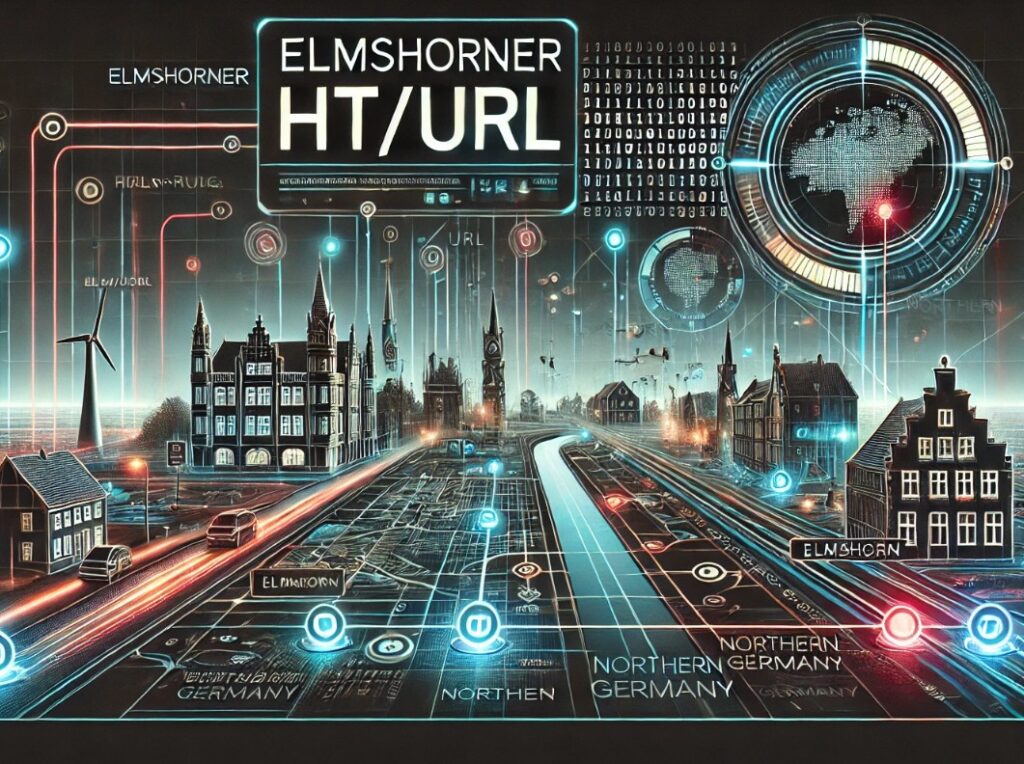When you’re driving and a warning pops up on your dashboard, it can be unsettling—especially if it’s a combination of unfamiliar acronyms like the ESP BAS light. This dashboard warning commonly appears in vehicles manufactured by Chrysler, Dodge, Jeep, and others using similar traction control and braking systems. ESP stands for Electronic Stability Program and BAS for Brake Assist System. These systems work in tandem to enhance driver safety and vehicle control during slippery or emergency conditions.
If the ESP BAS light on dash stays illuminated or frequently turns on, it means that one or both of these safety systems are not functioning properly. Ignoring this warning can compromise vehicle safety, especially in wet or hazardous road conditions. This article provides an in-depth look at what the ESP BAS light means, what causes it, how to fix it, and why it’s so crucial to address it promptly.
What Is ESP BAS Light?
To understand what is ESP BAS light, you need to know the components it represents:
- Electronic Stability Program (ESP): This system uses sensors to detect skidding and automatically adjusts engine power and brake pressure to help the driver maintain control.
- Brake Assist System (BAS): This function detects emergency braking and applies full braking force to help stop the vehicle as quickly as possible.

When the ESP BAS light appears, it typically indicates a problem in the steering angle sensor, brake switch, ABS module, or wheel speed sensors. These issues affect your car’s ability to maintain control during abrupt maneuvers or traction loss, making the warning light a serious safety concern.
esp bas light meaning: Understanding the Warning
The esp bas light meaning can vary slightly depending on your vehicle make and model, but generally, it points to a malfunction in the vehicle’s stability or braking assist systems. Unlike the check engine light, which can cover hundreds of different issues, the ESP BAS light has a narrower focus, making it easier to diagnose with the right tools.
Key meanings behind the light include:
- Faulty steering angle sensor
- Damaged wheel speed sensors
- ABS or ESC module failure
- Electrical or wiring issues
- Brake light switch malfunction
When the light is on, these systems are disabled until the issue is resolved. That means reduced handling in emergencies or poor road conditions, which significantly increases the risk of accidents.
Causes of the ESP BAS Light Coming On
There are several common causes for the ESP BAS light to illuminate. Identifying the correct cause is essential for an effective fix.
Top causes include:
- Steering Angle Sensor Issues: If this sensor is off-calibration, the system will not work correctly.
- Brake Light Switch Failure: A broken switch can disrupt the signal to the BAS, triggering the light.
- Faulty Wheel Speed Sensors: These are critical for both ABS and ESP functions. A bad sensor affects how the system calculates motion.
- Damaged ABS Module or Wiring: Corrosion or short circuits can compromise communication between the systems.
- Recent Suspension Work or Alignments: Work on your vehicle’s suspension or steering may affect sensor alignment if not recalibrated afterward.
In many cases, the light may be triggered by something simple—like a misaligned sensor—or it could indicate a deeper issue that needs immediate professional attention.
Is It Safe to Drive with the ESP BAS Light On?
The short answer is: yes, but with caution. Your vehicle will still operate with the ESP BAS light illuminated, but your traction control and brake assist systems will be inactive, increasing your risk in emergency or low-traction situations.
Driving risks include:
- Increased stopping distances during hard braking
- Reduced vehicle control in rainy, icy, or snowy conditions
- Higher chances of skidding or spinning out on turns
If you’re in ideal road conditions, you can drive short distances to a mechanic. But if you’re in poor weather or heavy traffic, it’s best to address the issue immediately for your safety and others on the road.
Diagnosing the ESP BAS Light: Tools and Methods
To properly diagnose the ESP BAS warning, you’ll need either a professional-grade diagnostic tool (OBD-II scanner) or assistance from a certified technician.
Steps to diagnose:
- Scan for Error Codes: Use an OBD-II scanner that can read ESP/BAS-related codes—not just engine codes.
- Check Sensor Connections: Inspect wheel speed and steering sensors for visible wear or disconnection.
- Examine the Brake Switch: Make sure the brake lights are functioning properly.
- Perform a Steering Angle Calibration: Especially if recent alignment or suspension work has been done.
Many shops offer free scans, especially if you agree to have the repair done through them.
Common Fixes for the ESP BAS Light
Depending on the diagnosis, the fix can be relatively inexpensive or a more involved repair. Here are the most common solutions:
Fix options include:
- Replacing the Brake Light Switch ($30–$100)
- Recalibrating or Replacing the Steering Angle Sensor ($150–$300)
- Replacing Wheel Speed Sensors ($100–$200 per wheel)
- Fixing ABS Module or Wiring Issues (Varies widely, up to $800+)
In some cases, simply restarting the car or clearing error codes after a repair can turn the light off. However, don’t just reset the light without fixing the root issue—this can be dangerous.
The Role of the ESP BAS Light in Vehicle Safety
The ESP and BAS systems are not just technical add-ons—they are life-saving technologies. According to the National Highway Traffic Safety Administration (NHTSA), electronic stability control systems can reduce fatal single-vehicle crashes by over 50%.
These systems help by:
- Preventing oversteer or understeer
- Assisting in sudden maneuvers or evasive actions
- Enhancing vehicle control on slippery or uneven surfaces
So when the ESP BAS light on dash is illuminated, it’s a signal that these critical safety features are not functioning, and your risk on the road is significantly increased.
esp bas light jeep: Why It’s So Common in Jeep Vehicles
The esp bas light jeep concern is particularly common in Jeep models like the Wrangler, Liberty, Grand Cherokee, and Patriot. These vehicles often operate in off-road or rugged conditions where sensor misalignments or ABS issues can occur more frequently.
Jeep-specific causes:
- Aftermarket lift kits affecting wheel alignment
- Off-road driving dislodging sensors
- Modifications to steering or suspension
- Common issues with the brake switch or steering sensor
For Jeep owners, it’s recommended to recalibrate sensors after making suspension changes or regularly driving off-road. Jeep dealerships and 4×4 service centers are familiar with this warning and can offer targeted diagnostics.
esp bas light on dash: When to Take Immediate Action
If you see the esp bas light on dash for the first time, observe whether it’s intermittent or constant. A one-time flicker might be a sensor glitch, but a persistent light indicates a real fault.
Take immediate action if:
- The light comes on with other warnings like ABS or traction control
- Your vehicle drives differently (pulling, unusual braking)
- Road conditions are poor or slippery
Even if your vehicle feels normal, it’s best to have it checked out to ensure the systems are fully functional when you need them most.
Maintenance Tips to Prevent ESP BAS Light Activation
While not all causes are preventable, regular maintenance can reduce the chances of ESP BAS issues:
Maintenance recommendations:
- Check brake light functionality regularly
- Have wheel alignments done professionally after tire or suspension work
- Avoid off-road or rough driving without checking sensors post-trip
- Replace worn brake components and tires
Preventive care is the most cost-effective way to avoid the ESP BAS light and ensure your car’s safety systems are operating at peak performance.
What to Do When the Light Comes On While Driving
If the ESP BAS light suddenly turns on while driving:
- Stay calm and maintain normal driving behavior.
- Avoid hard braking or sudden turns.
- Drive to a safe location or auto service center.
- If the car behaves strangely, pull over and call for assistance.
In most cases, you can drive short distances safely, but don’t delay repairs—these systems are critical in emergencies.
When to Visit a Mechanic or Dealership
You should see a professional mechanic if:
- You’ve already tried to reset the light and it returned.
- You’re unsure of the cause and don’t have diagnostic tools.
- The car shows additional warning lights or unusual behavior.
Certified technicians have the tools and experience to properly diagnose and resolve ESP BAS system faults, ensuring your safety and compliance with vehicle standards.
Conclusion: Why You Should Never Ignore the ESP BAS Light
The esp bas light is a serious warning tied to critical safety features in your vehicle. While your car may still run with the light on, its ability to protect you in an emergency is compromised. Whether you drive a Jeep or another brand, understanding this warning, diagnosing its cause, and seeking timely repairs can make the difference between safe driving and disaster.
If you notice the ESP BAS light on dash, don’t ignore it. Stay safe—diagnose it, fix it, and get back on the road with full confidence.
For More Update and Stories Visit: News Vista










